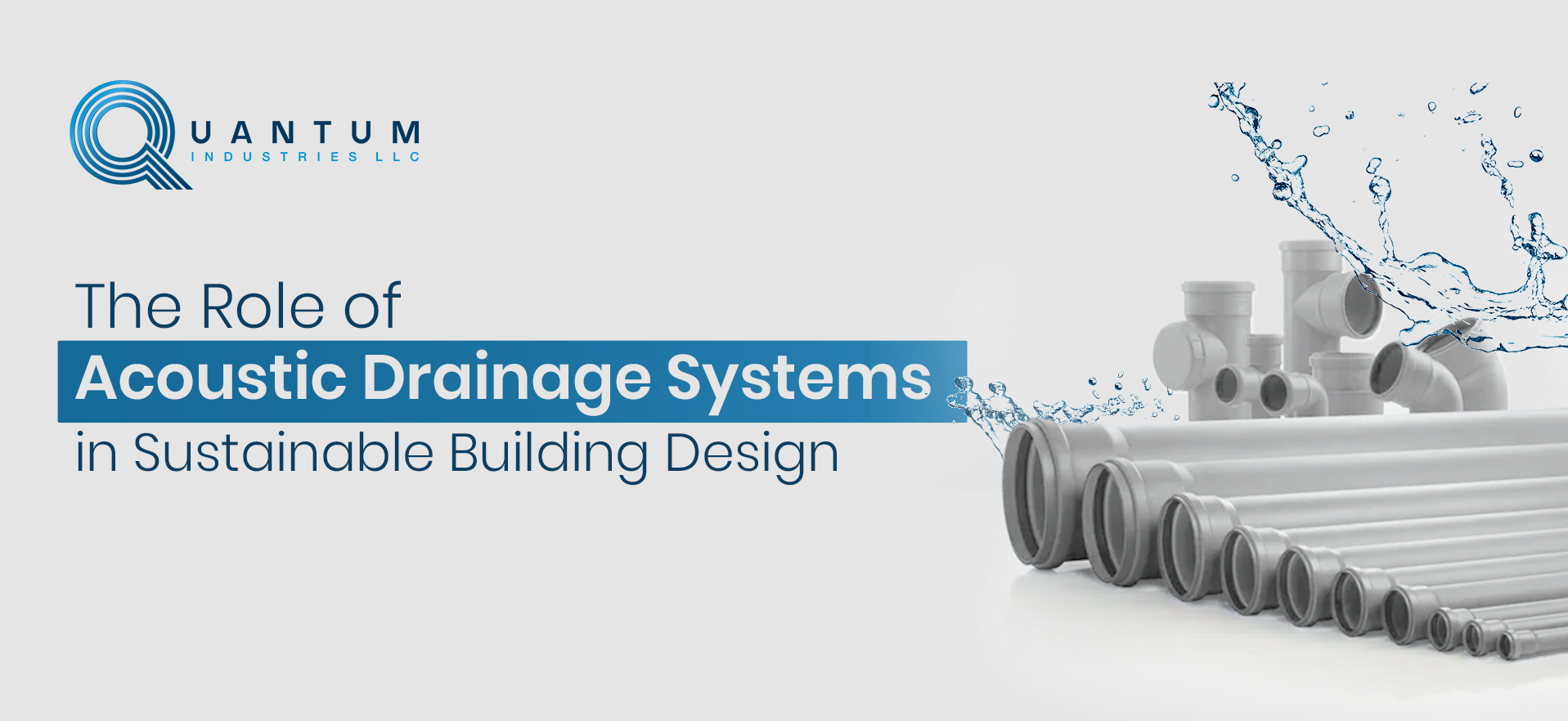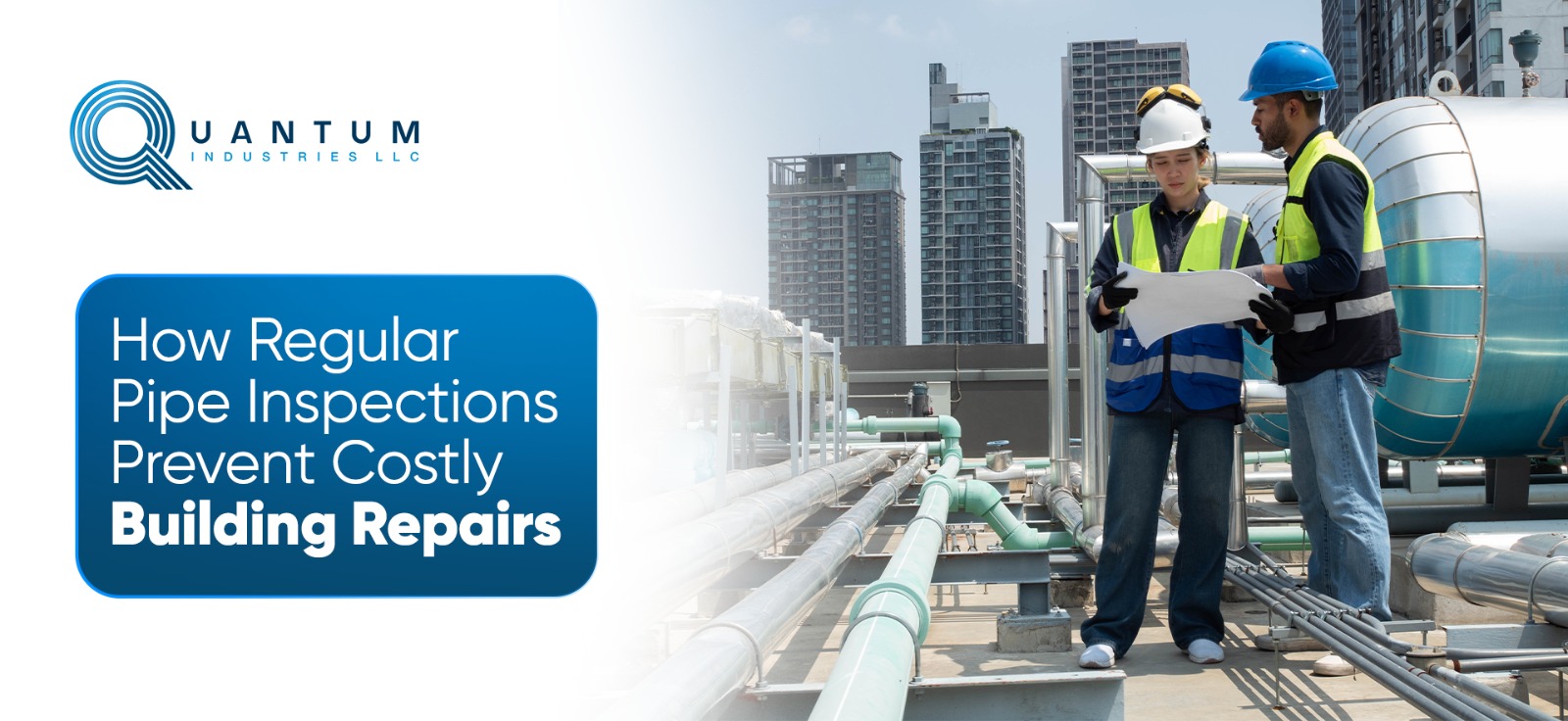



Acoustic drainage systems are engineered piping networks designed to minimize the transmission of noise caused by water flow within buildings. These systems incorporate specially selected materials and configurations to absorb and block sound vibrations. Their primary function is to ensure a quieter indoor environment, contributing to the overall acoustic comfort in residential, commercial, and institutional spaces.
Traditional drainage systems often overlook noise control, leading to disruptive environments, especially in multi-storey buildings. Over time, innovations in materials and design paved the way for quieter, more efficient systems. The shift from rigid cast iron to advanced polymer-based acoustic piping marked a pivotal improvement in managing sound, setting the stage for today’s sustainable acoustic solutions.
In contemporary architecture, integrating acoustic drainage systems is becoming essential. Architects and developers are increasingly recognizing the need to manage building acoustics without compromising on efficiency or environmental standards. This blog, ‘The Role of Acoustic Drainage Systems in Sustainable Building Design’, explores how these systems contribute to modern sustainable construction practices.
Sustainable design involves minimizing a building’s environmental footprint while maximizing efficiency and user experience. This includes energy conservation, water efficiency, and reducing all forms of pollution, including sound. Key factors include passive design strategies, renewable materials, energy-efficient systems, and health-centric features like ventilation and acoustic performance. Innovative materials such as PPMD contribute to sustainable drainage solutions. Technological advancements like acoustic modeling tools aid in designing noise-controlled systems.
Noise pollution has been linked to stress, sleep disturbances, and reduced productivity. Sustainable designs now prioritize acoustics as a core requirement. Acoustic drainage systems are engineered to ensure water efficiency while also meeting sound attenuation standards. Compliance with these standards ensures that buildings offer both functionality and user well-being.
A quieter environment contributes to improved mental health and a better quality of life. This is particularly crucial in residential towers, hotels, healthcare facilities, and educational institutions. While the initial investment in acoustic systems may be higher, it pays off in terms of reduced retrofitting, fewer tenant complaints, and better property value. It also aligns with green building certifications like LEED and BREEAM.
Materials like polypropylene with sound-absorbing mineral additives offer a lightweight, durable, and high-performance solution. Multi-layer pipes with an inner smooth layer for flow efficiency and an outer dense layer for noise control are widely preferred. These materials also contribute to improved thermal insulation for overall building efficiency.
Designing short, straight pipe runs with minimal bends reduces turbulence and associated noise. Installing risers in service shafts and avoiding pipe contact with structural elements are effective acoustic practices. Incorporating acoustic clamps and anti-vibration supports further minimizes structure-borne sound transmission.
Retrofit-friendly acoustic systems allow older buildings to upgrade without major demolition. Modular piping and adaptive brackets make integration smoother during renovations. This adaptability reduces both renovation time and disruption to occupants, making it ideal for active buildings.
Installation involves procedures from planning pipe routes to ensuring proper slope for flow. Each step must be executed with precision to maintain acoustic performance. Attention to joint sealing and alignment is critical to avoid acoustic bridging and system inefficiencies.
Challenges include limited shaft space, coordination with other MEP services, and achieving airtight seals. These are addressed through flexible design approaches, BIM coordination, and skilled workmanship. Proper pre-installation assessments and collaboration with acoustic consultants significantly reduce on-site issues.
Routine inspections, secure fixings, and clean-out access points ensure long-term system integrity. Since these systems are often maintenance-light, their lifespan supports the sustainability ethos. Periodic sound level checks can also help detect early signs of wear or improper installation.
Acoustic testing which is typically measuring decibel levels at various flow rates, validates system performance. Third-party certifications offer added assurance for compliance. These benchmarks help architects and engineers confidently meet regulatory acoustic targets.
Extreme flow volumes or poorly executed installations can lead to residual noise. Design expertise is essential to mitigate such issues.
Older buildings may not have the shaft width or access for acoustic system retrofits, limiting application.
Some cost-effective materials may degrade over time or under harsh environmental conditions. Selecting certified, durable options is non-negotiable.
While upfront costs are higher than conventional systems, lifecycle savings from reduced repairs, improved tenant satisfaction, and green certifications make it a smart investment.
Value engineering must prioritize critical acoustic zones rather than full-building implementation. This hybrid approach balances cost and benefit.
Governments and municipalities often offer incentives, tax credits, or priority approvals for green-certified projects, including those with advanced acoustic features.
Architects must ensure compliance with local noise control regulations and plumbing codes. Early consultation with acoustic engineers simplifies this process.
Documentation, testing, and inspections are essential. Acoustic systems must be included in the building’s overall certification process.
LEED, BREEAM, and WELL Building certifications consider acoustic performance as part of the overall sustainability and wellness evaluation.
Acoustic drainage systems are a necessity for high-performance, sustainable buildings. They safeguard comfort, contribute to environmental goals, and enhance structural value. Designers, developers, and regulators must recognize the value of acoustic drainage as a pillar of sustainable construction. Integrating these systems should become standard practice rather than an afterthought. As cities grow taller and spaces get denser, the demand for acoustically conscious design will intensify. Future solutions may involve smart acoustic materials, AI-driven noise mapping, and fully integrated sustainable building ecosystems.
They reduce noise, improve occupant comfort, enhance sustainability, and lower long-term maintenance costs.
They are designed to integrate perfectly into modern interiors with minimal visual impact, often hidden within shafts or service ducts.
Yes, many countries have building codes that set maximum permissible sound levels for drainage and mechanical systems.
Periodic inspections and ensuring that brackets and insulation are intact. These systems typically require less frequent maintenance than traditional ones.
Consider building type, budget, and noise requirements, and consult with engineers to select materials and designs suited to your needs.

